Fourteen
CONSTRUCTING CULTURE PORTRAITS OF DIVERSITY
Always the good and bad times contrasted bitterly in the city’s human record, but the artists, activists, and ordinary people of Los Angeles worked side-by side to construct the culture of the city. Los Angeles has always had many races and creeds, laboring to find a foothold in the city’s economy and win a place in the community. In the course of that struggle, those forced to create a separate community made their lives a record of service that enriched the city beyond measure. “Shape clay into a vessel,” says the Chinese sage, “it is the space within that makes it useful.” In the building spaces of their city, Angelenos created the metropolis, then in the next moment thrilled at the adventure of climbing skyward to look down upon it.
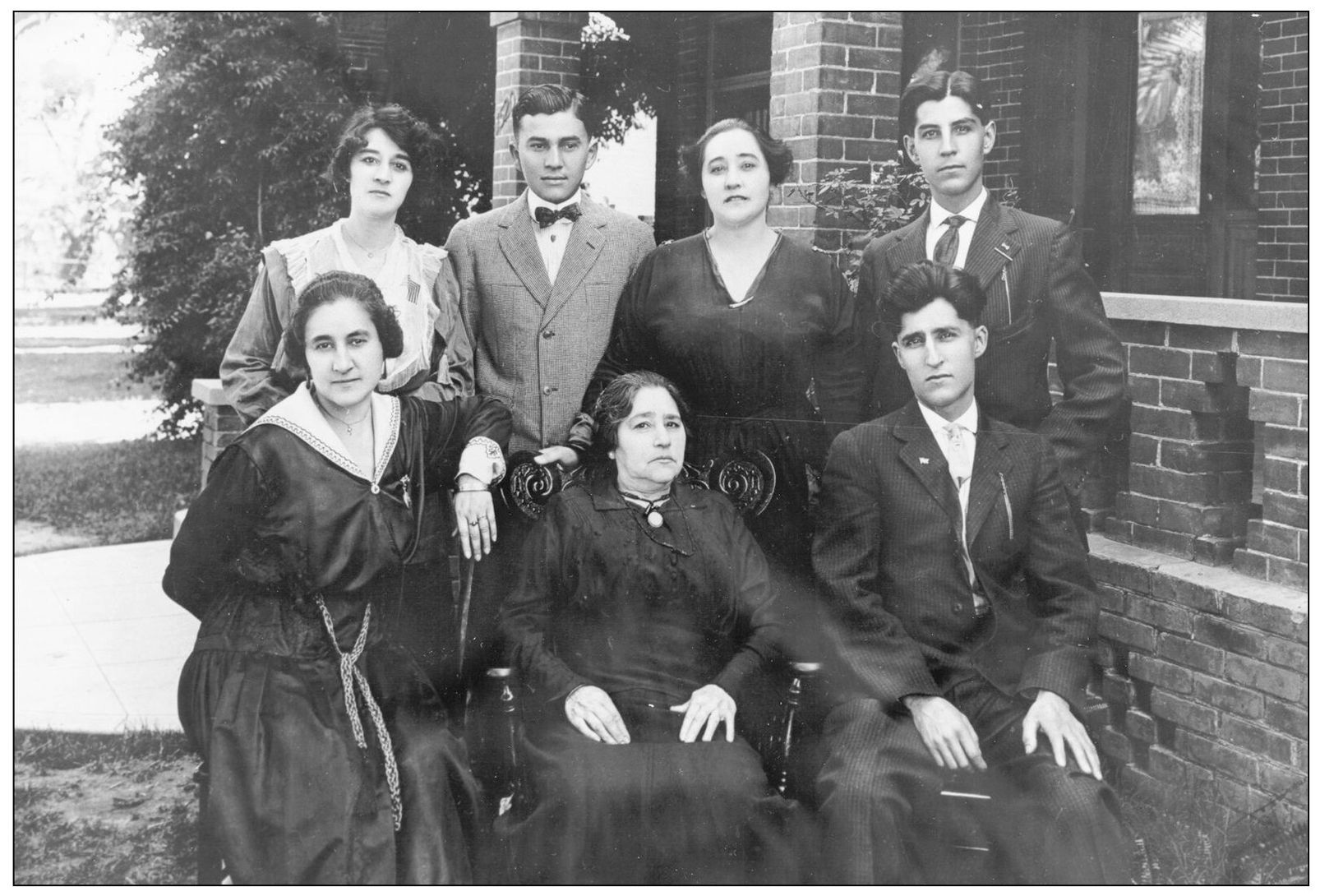
THE MONTENEGRO FAMILY. The language, culture, and customs of the Hispanic citizens of Los Angeles have been a continuous legacy to the city. Pride in family and tradition are evident in this portrait of the Montenegro family sons and daughters, who posed for a group portrait with their mother Carmen in 1917.
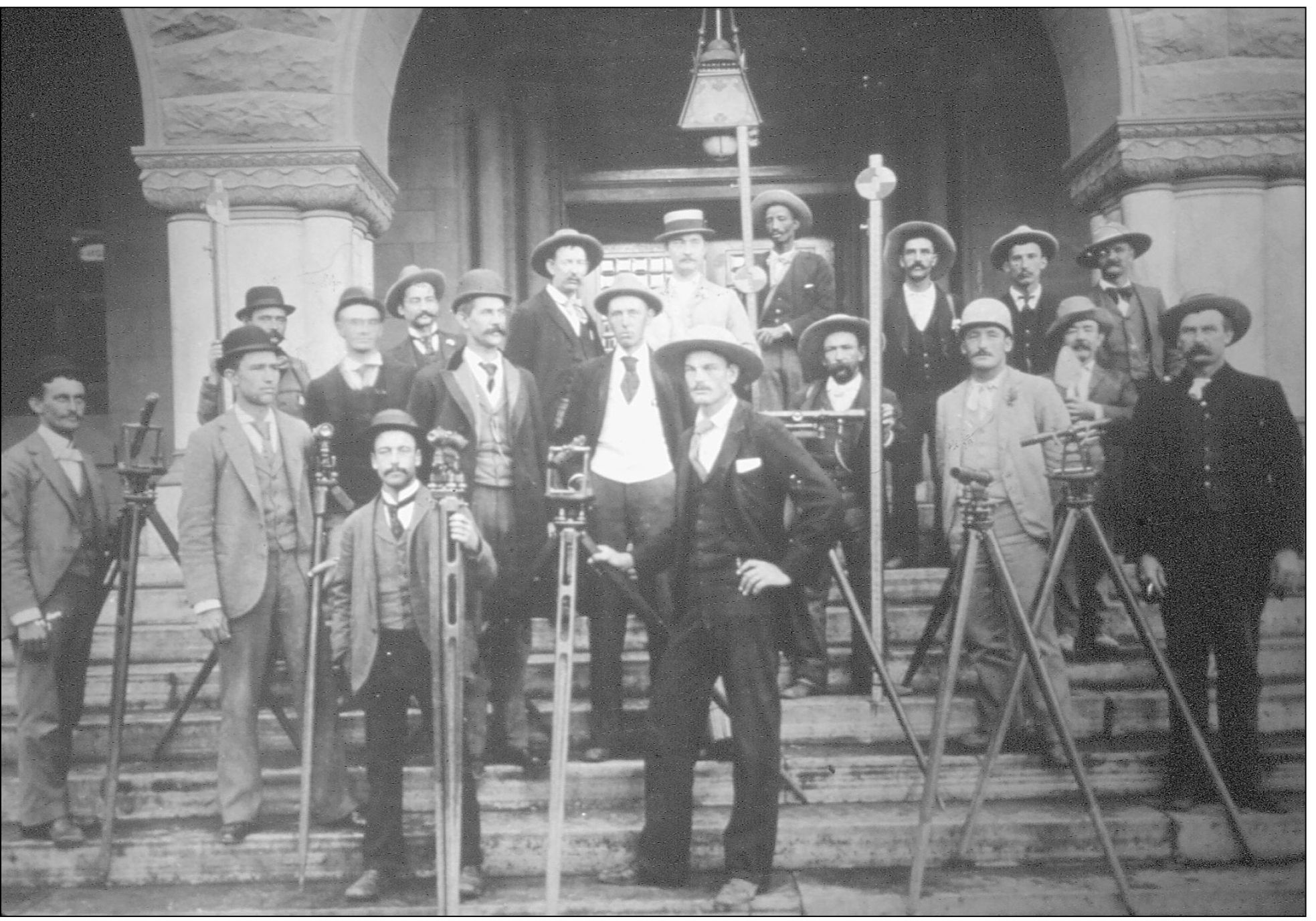
LOS ANGELES CITY ENGINEER’S SURVEY TEAM. The City Engineers Survey Team stands in front of Old City Hall with the tools of their trade. The diversity of population in Los Angeles at the turn of the 20th century is evident in the faces of the workmen whose labors laid out the city’s street grid and boundaries.
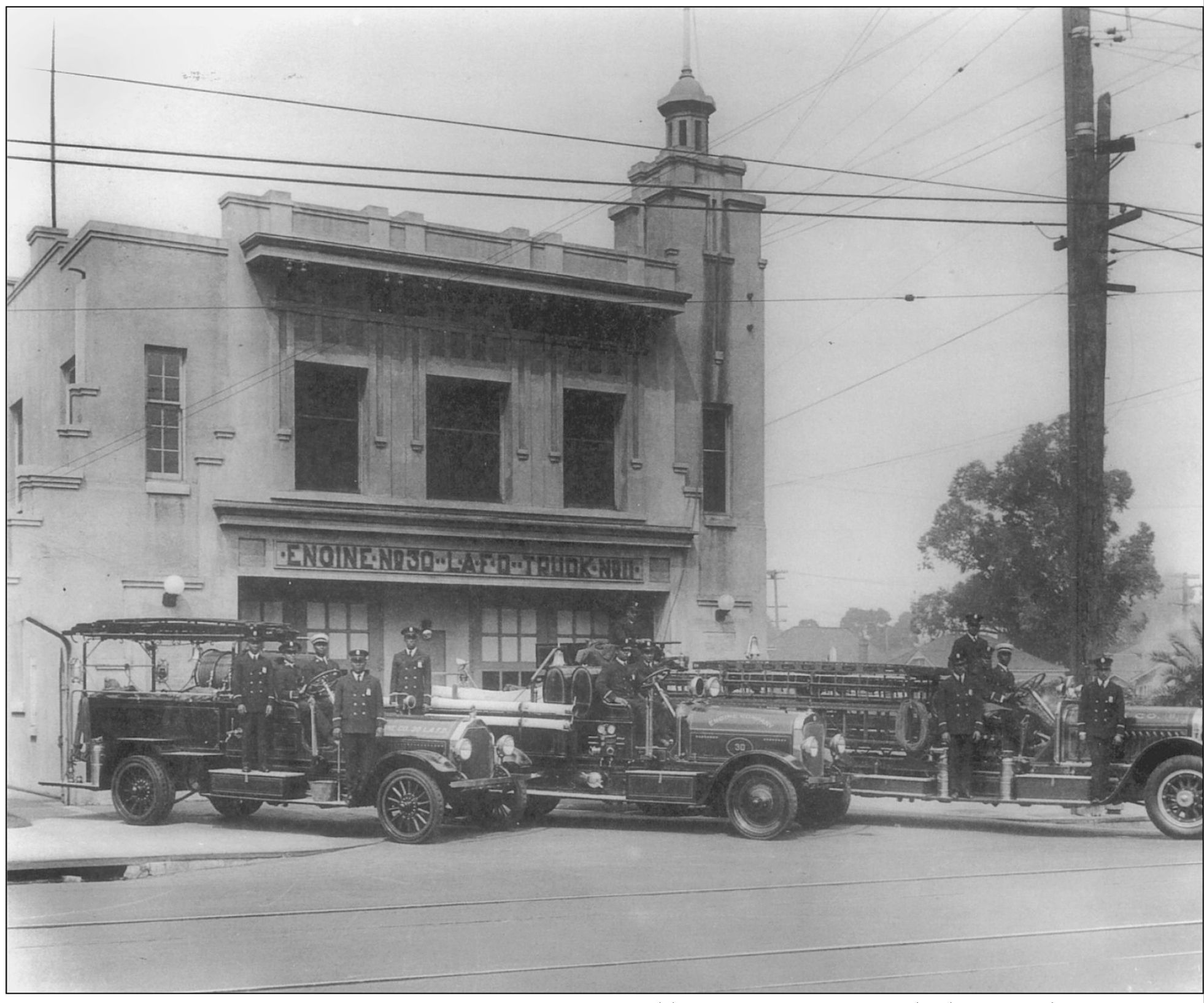
ENGINE NO. 30, LOS ANGELES FIRE DEPARTMENT. Old Fire Station 30, now the home of the African American Firefighter Museum, was established in 1913 to serve the Central Avenue community. The museum opened in 1997, the centennial of the induction of George W. Bright, Los Angeles’ first African American firefighter, into the Los Angeles Fire Department.
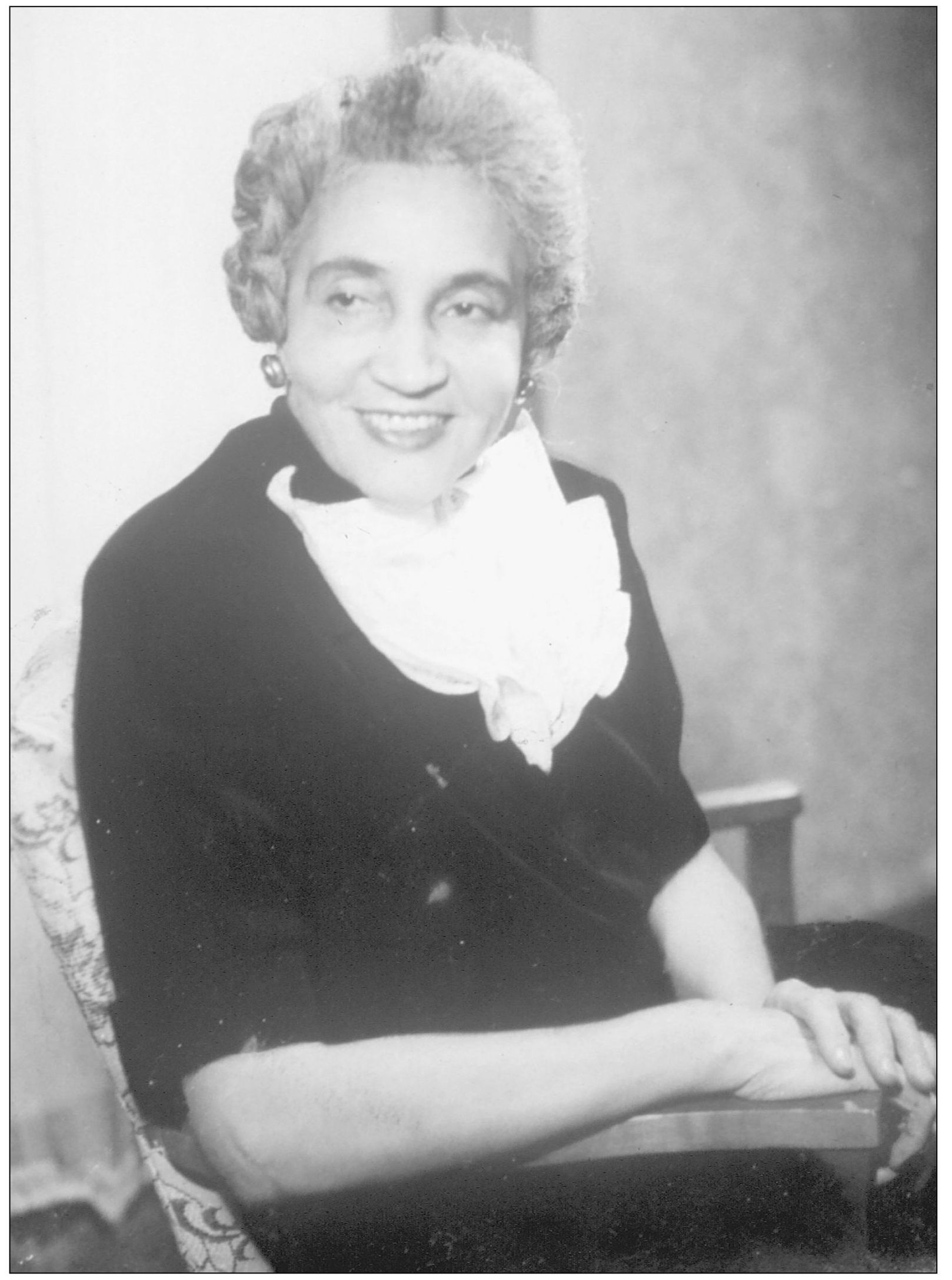
NELLIE KAY CARLISLE. A pioneering African American resident of Los Angeles, Nellie Kay Carlisle was valedictorian of the Polytechnic High School Class of 1915. The wife of a decorated World War I infantryman, she was commissioned a captain in the California Women’s Communication Corps in World War II, commanding the Newton Street Company, which manned the air raid warning post in the Los Angeles Memorial Coliseum.
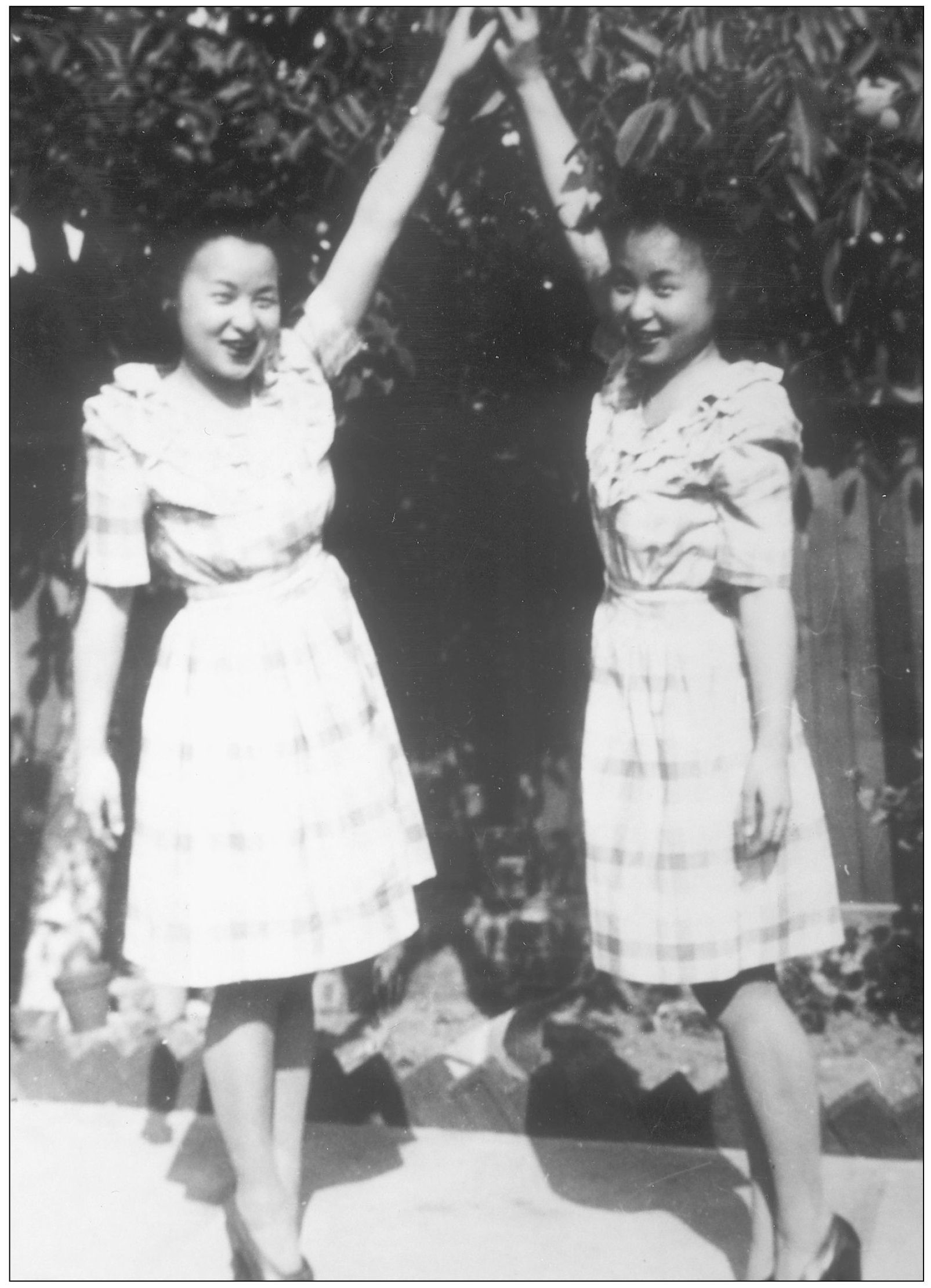
BETTY AND BETSY. The Rhee twins, Betty and Betsy, Los Angeles natives, enjoy some moments of fun before their freshman year at Belmont High School in 1942. The Rhee family were pioneers in the small Korean community in Los Angeles before World War II. The Korean presence in Los Angeles would grow to over a quarter of million people by 1990.
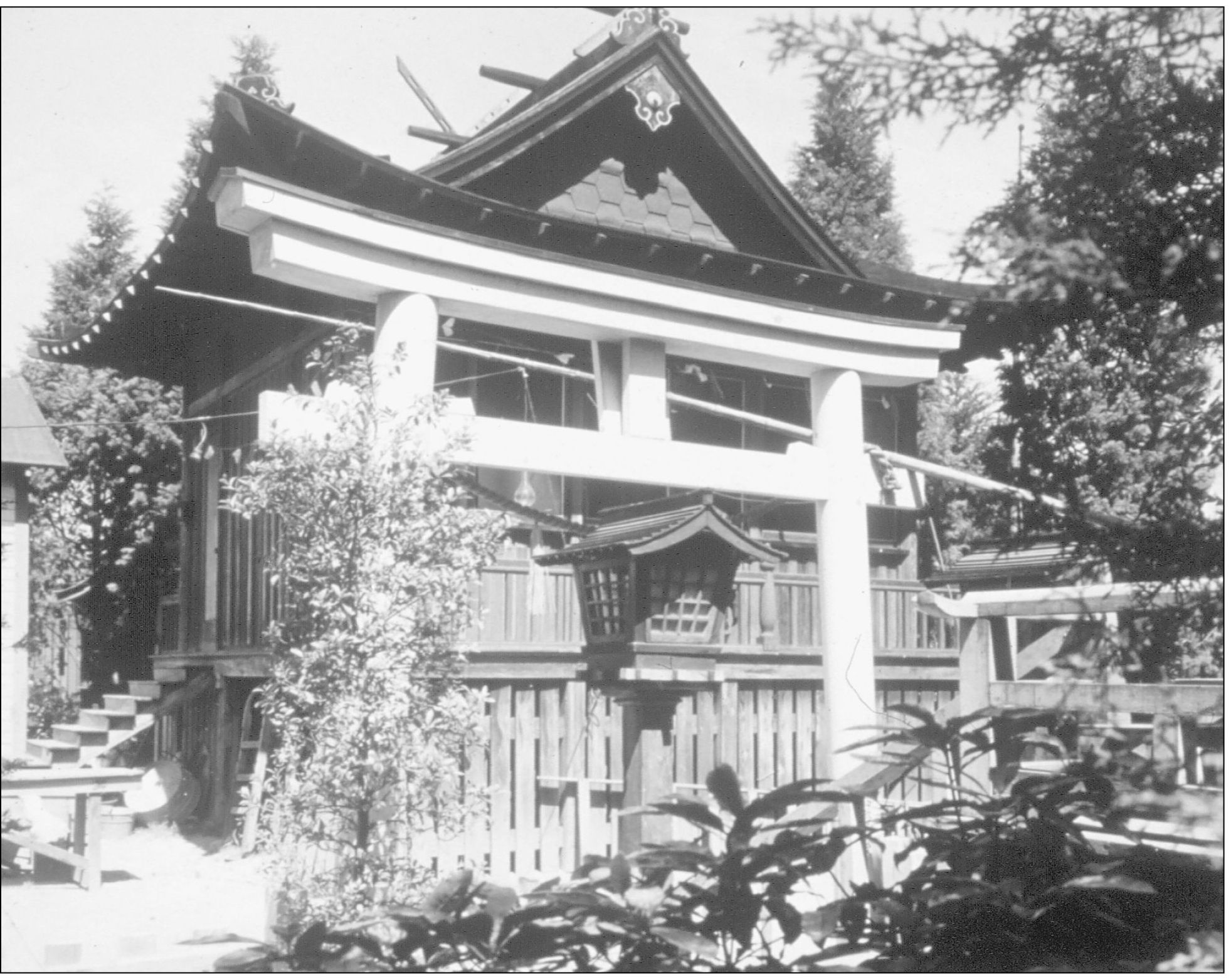
TEMPLE, TERMINAL ISLAND. Prior to relocation in internment camps at the beginning of World War II, a thriving colony of Japanese Americans lived and worked on Terminal Island in the Port of Los Angeles. This Shinto temple, c. 1915, was built by the community.
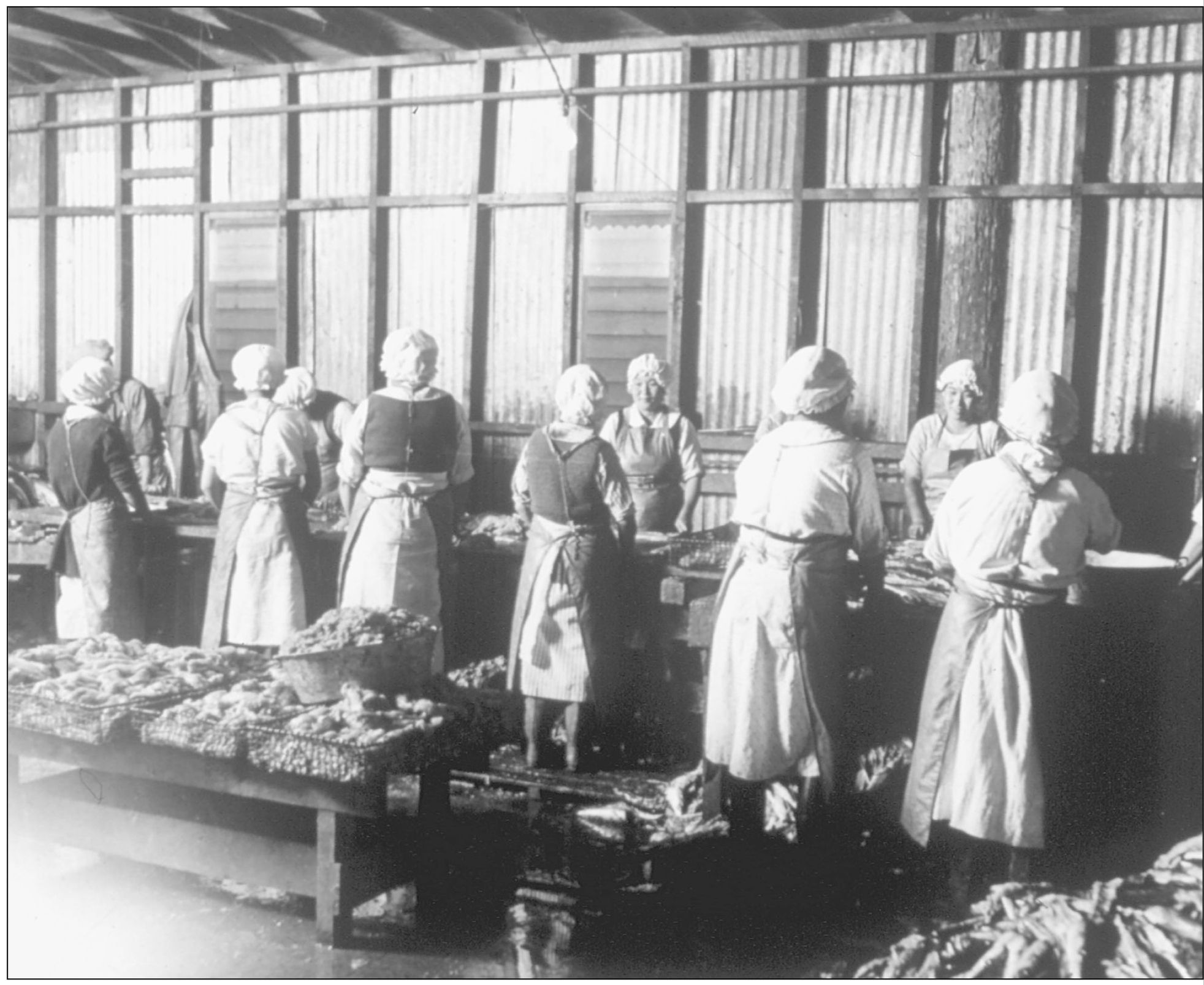
CANNERY WORKERS, TERMINAL ISLAND. Jean Watasuki Houston, in her memoir Farewell to Manzanar, recalls Terminal Island’s cannery workers reported to the packing plants whenever the blast of the whistles alerted them to the arrival of the boats. “One for Stokely’s; two for Van Camp’s,” brought workers down to the processing sheds day or night.
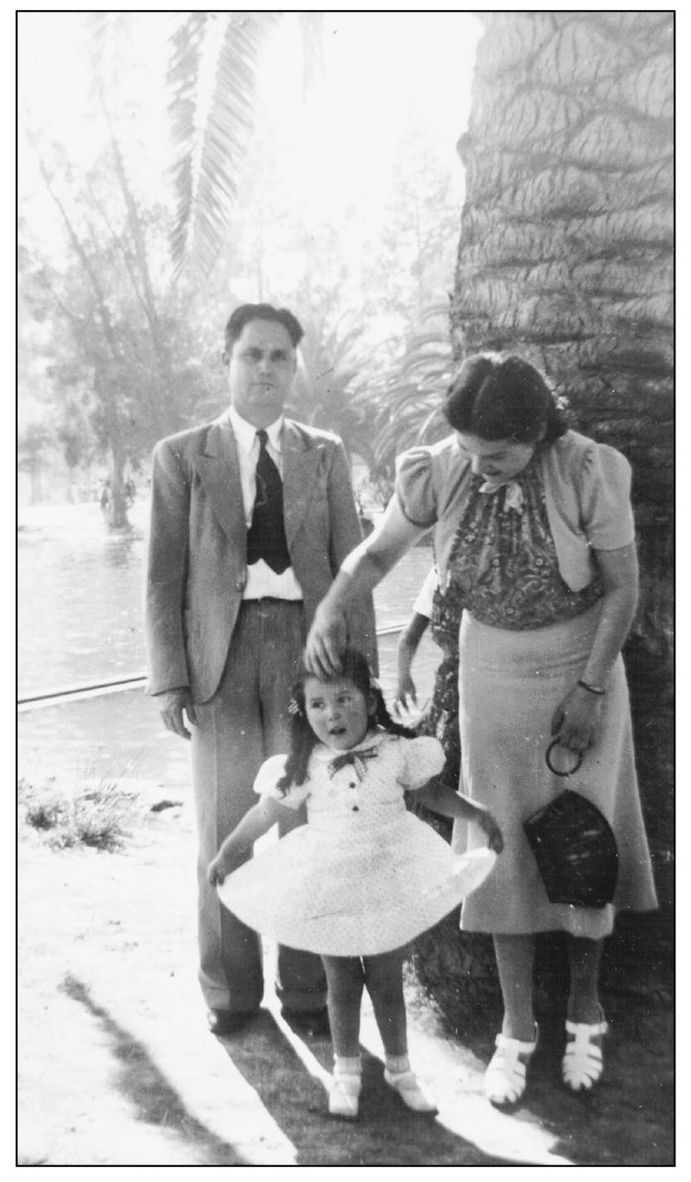
THE GOMEZ FAMILY AT LINCOLN PARK, 1937. Lillie Gomez poses in the shade of a palm tree with her parents, Catalina and Esteban, at Lincoln Park in East Los Angeles.
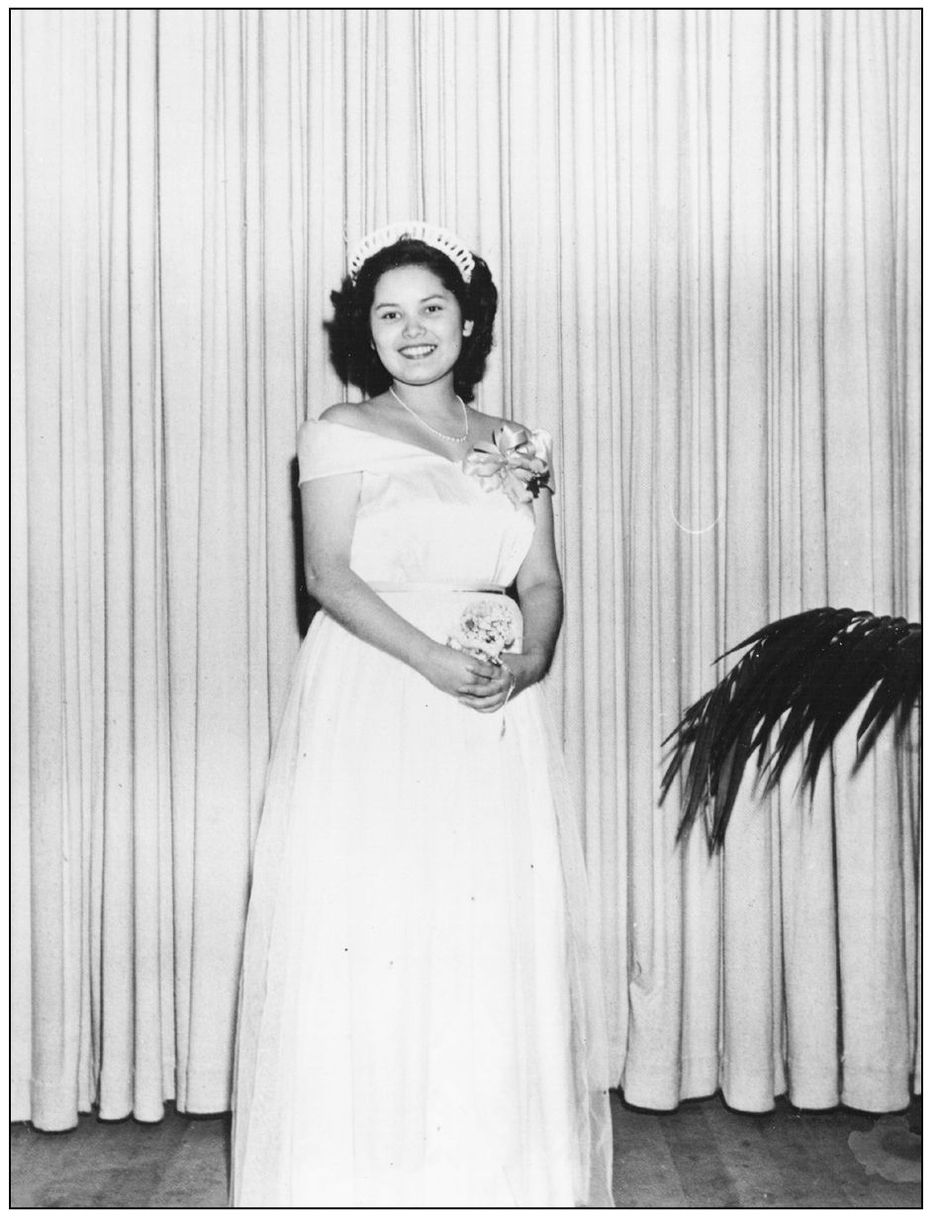
LILLIE GOMEZ ON THE DAY OF HER QUINCEANERA. One of the most important traditions in the Hispanic community is the Quincenera, a combination 15th birthday party and debut celebration. Lillie Gomez celebrates the occasion in 1950, posing in the auditorium of the International Institute. Founded in 1914, the Institute was dedicated to promoting understanding among varied ethnic and racial groups.
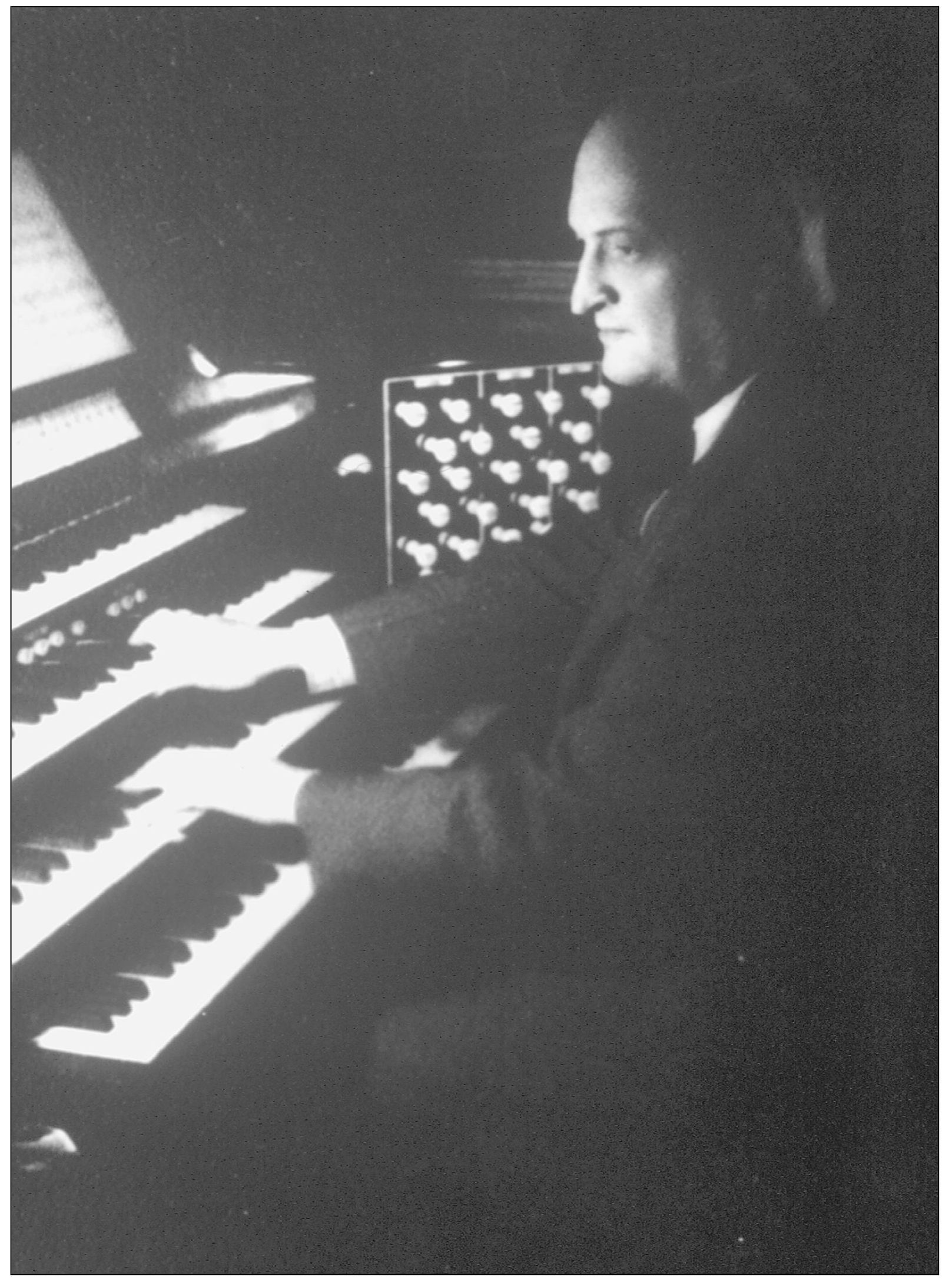
RICHARD KEYS BIGGS. Biggs was a celebrated Los Angeles organist who toured the world. Referred to as “The High Priest of the Temple of Tone,” Biggs was a serious musician whose artistry brought the organ into the musical consciousness of the concert public. After a town hall recital, American Organist Magazine wrote, “We rank him with the elite at the top, and bid him enter his challenge for first place... He has supreme poise.”
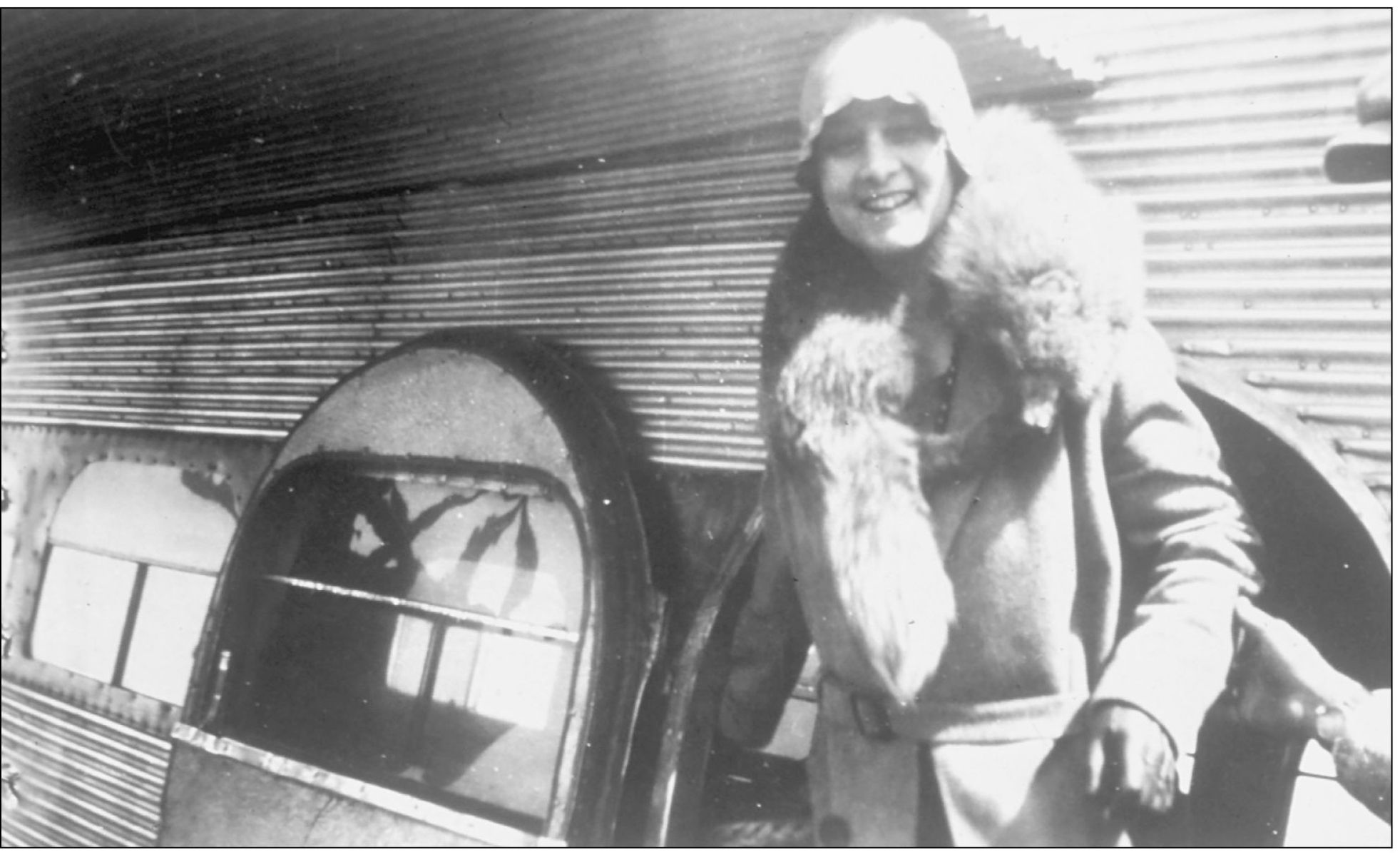
AIRPLANE PASSENGER. This happy flyer who had just returned from a spin on one of the many hour-long pleasure flights that Angelenos could take to experience the thrills of flight, marked the occasion with two snapshots mailed to a friend. On the back of this picture, the message reads, “Here I am just as we landed; the pilot helping me off the plane. Just a small step.”
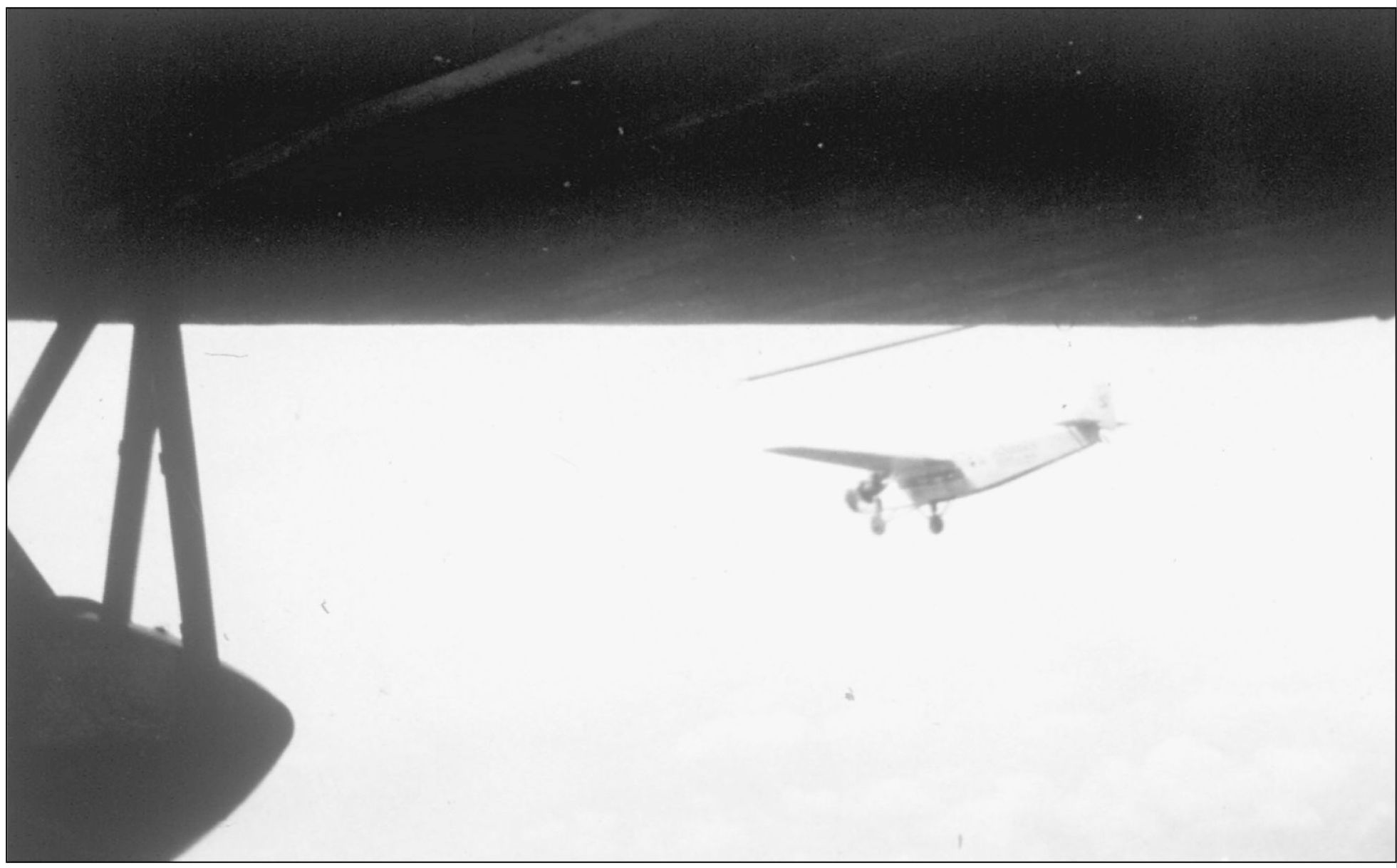
PLEASURE FLIGHT. On the back of this photo the passenger wrote, “I took this picture just before landing. We waved to the other passengers in their plane. I will run over to see you soon so be prepared. Bye.”
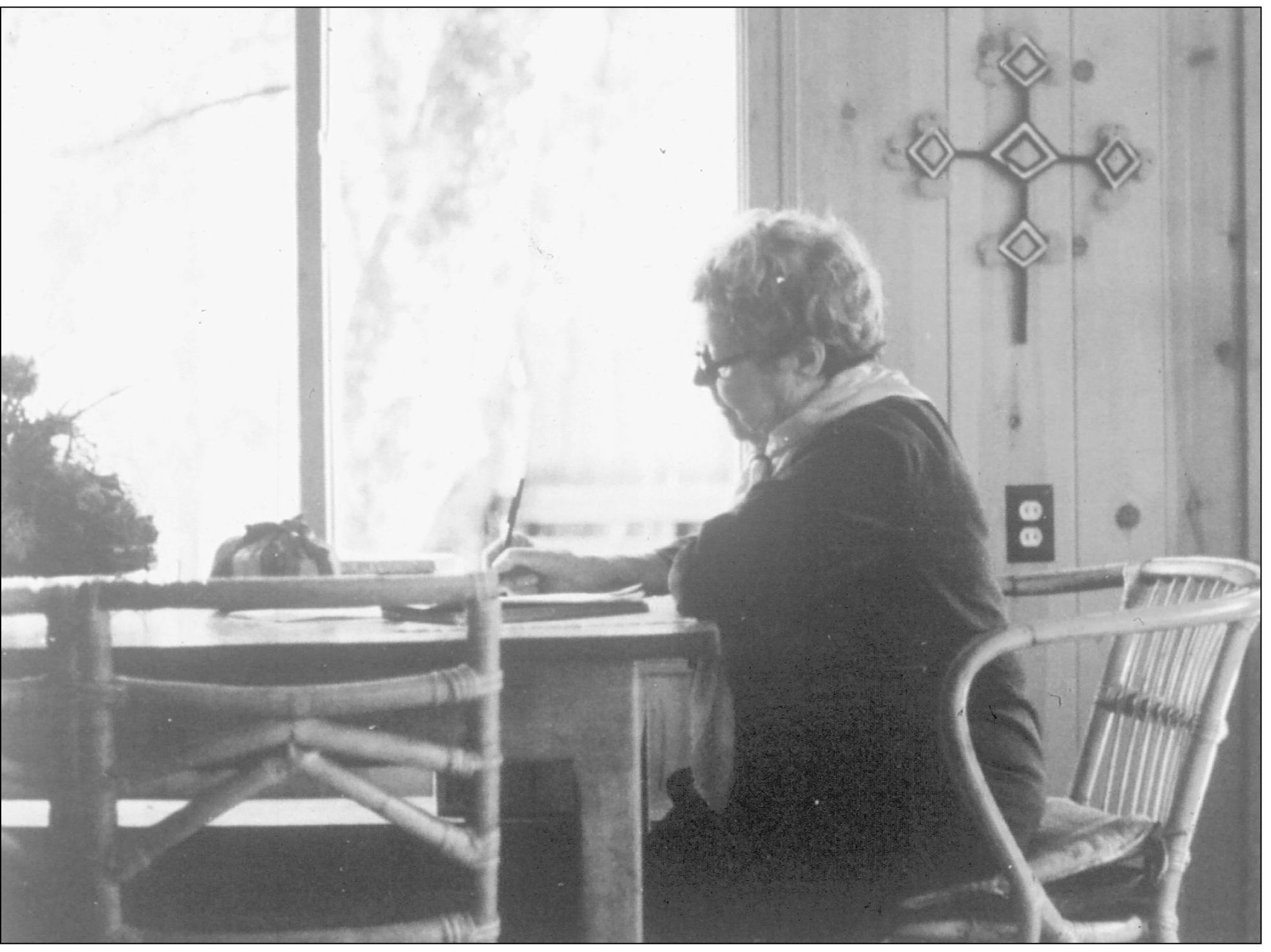
HARRIETTE CARR VON BRETON. An artist, art collector, political activist, and architectural historian, Harriette Carr Von Breton worked at Disney Studios and then moved into the worlds of politics and social service. A leader of the Los Angeles Chapter of the League of Women Voters and member of the Democratic State Central Committee, she also served on the boards of the Los Angles Child Guidance Clinic and Booth Memorial Home. She collected East Indian art and lectured on architectural history at the University of California Santa Barbara. She served on the Board of the Society of Architectural Historians and with David Gebhard co-authored the seminal volume on Los Angeles’ Moderne architectural styles, Los Angeles in the Thirties.